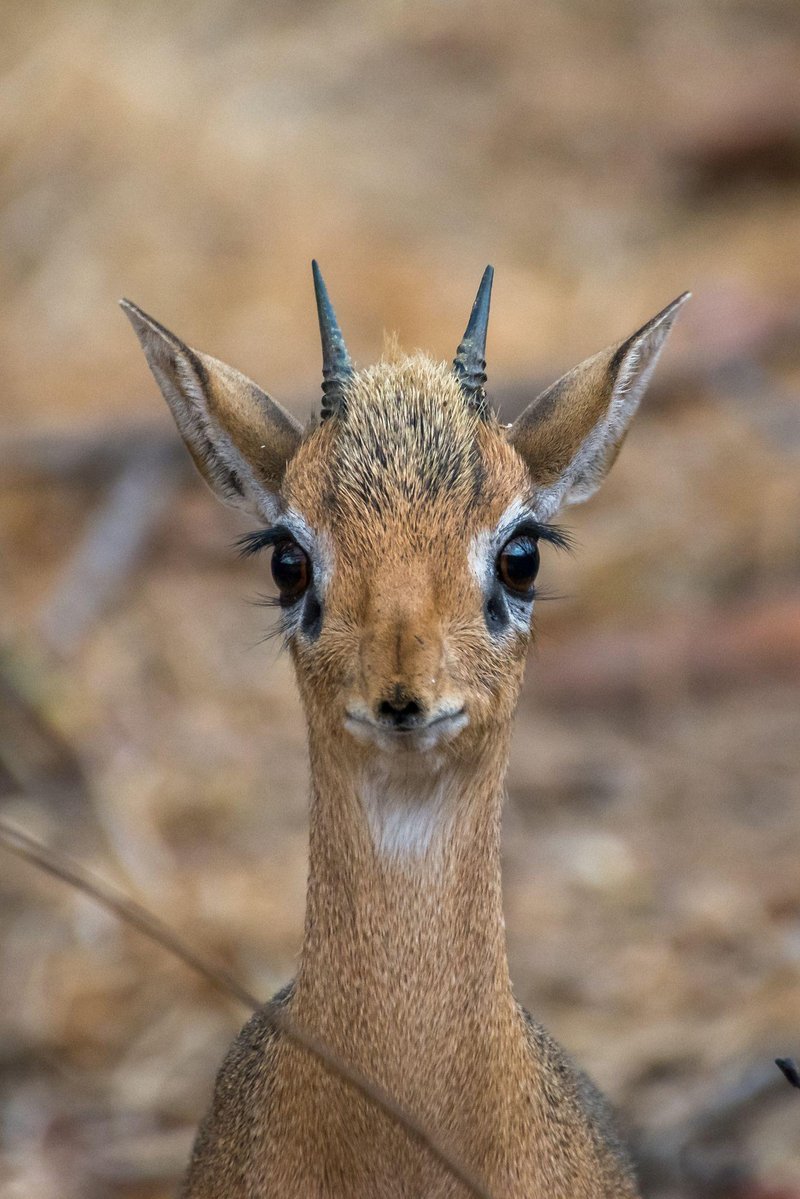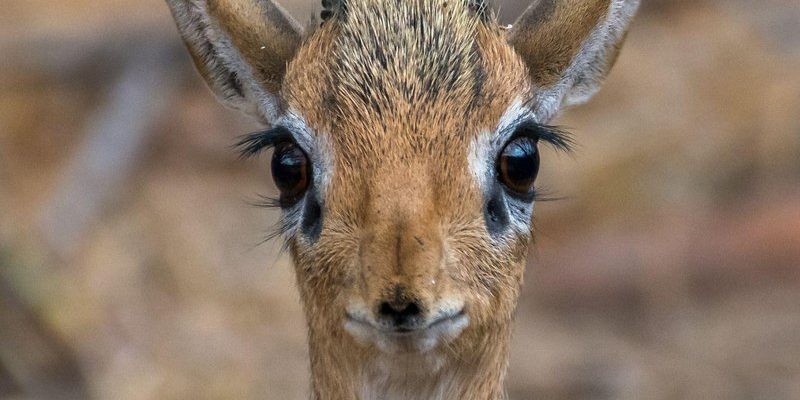
Here’s the thing: myths can spread like wildfire, often leading to confusion about wildlife. For instance, some believe dik-diks are just miniature deer, while others think they live in herds like zebras. These ideas might seem harmless, but they can mislead those who want to learn more about these creatures. In this article, we’ll break down the five major misconceptions surrounding dik-diks, offering clear insights into their behavior, habitat, and lifestyle.
Dik-Diks Are Just Miniature Deer
A common myth about dik-diks is that they’re simply small versions of deer. While they do belong to the antelope family, they have distinct differences that set them apart. For starters, dik-diks belong to the genus *Madoqua*, which is separate from true deer, or the family *Cervidae*.
Let me explain why this matters. Dik-diks have unique adaptations that allow them to thrive in their environment. For example, their long noses help them regulate body temperature and detect predators from a distance. True deer don’t share these adaptations, which are specifically designed for the hot African habitats where dik-diks live.
Additionally, dik-diks display a variety of behaviors that are quite different from those of deer. They are typically solitary or found in pairs, rather than in larger herds, making them unique among antelopes. Understanding these differences is key to appreciating what makes dik-diks special.
Dik-Diks Are Always Found in Large Herds
Another misconception is that dik-diks live in large groups. In reality, these animals are known for their *solitary* or *pair-living* nature. You might be wondering, why don’t they travel in bigger groups like zebras or wildebeests?
Dik-diks are quite territorial. Males defend their territory, marking it with scent glands to keep other males away. This behavior helps reduce competition for resources such as food and shelter. In fact, you’ll often find a male dik-dik paired with a female, who stays close to him to help protect her young.
Seeing a dik-dik in the wild can be a treat! They typically blend well with their surroundings, using the cover of bushes and trees to hide from predators. So, while you may not see them in large herds, their smaller social structures are just as fascinating.
Dik-Diks Are Completely Defenseless
You may picture these tiny creatures as completely defenseless due to their size. However, that’s far from the truth! Although dik-diks lack the size and strength of larger animals, they have developed some effective survival strategies.
For one, their size allows them to be incredibly quick. When threatened, dik-diks often use a burst of speed to escape predators like cheetahs or leopards. They are also known for their unique and clever way of distracting predators. When a dik-dik senses danger, it may freeze in place, using its camouflage to blend with the environment.
Additionally, dik-diks are quite vocal. They use a variety of calls to warn each other of danger and communicate with their mates. Their ability to be alert and respond quickly means they’re far from defenseless.
Dik-Diks Only Eat Grass
A prevalent myth about dik-diks is that they only eat grass. While they do graze on grass, their diet is much more varied. These animals are browsers, meaning they enjoy a mix of leaves, fruits, and flowers from shrubs and trees.
Think about it like this: just as we enjoy a balanced diet for good health, dik-diks need diverse food sources too. Their long snouts help them reach high branches to nibble on tender leaves and fruits. In the dry season, when grass is scarce, this adaptability is crucial for their survival.
Moreover, dik-diks have a special digestive system that helps them get the most nutrients from their food. They often regurgitate food to chew it again, much like cows. This process allows them to break down tough plant materials, ensuring they’re getting the nutrients they need to thrive in their environment.
Dik-Diks Are the Same Everywhere in Africa
While dik-diks are found across various parts of Africa, it’s a misconception that there is only one type of dik-dik. In fact, there are four different species, each with its unique characteristics and habitats.
The most commonly known species include the *Kirk’s dik-dik*, *Grant’s dik-dik*, *Guenther’s dik-dik*, and *Suni dik-dik*. Each species might differ in terms of size, coloration, and even habitat preferences. For example, *Grant’s dik-dik* is known for its reddish-brown coat, while *Guenther’s dik-dik* has a more grayish hue.
Understanding these differences is essential for wildlife enthusiasts or anyone interested in ecology. It highlights the beauty of biodiversity in Africa’s ecosystems and shows how each species has adapted to its environment in unique ways.
Dik-diks are cute little antelopes that often find themselves the subject of myths and misunderstandings. By taking the time to debunk these misconceptions, we can appreciate their unique adaptations and behaviors. They may be small, but they are mighty in their own right, showcasing the fascinating diversity of life on our planet.
The next time you hear someone talk about dik-diks, you can share what you’ve learned. Understanding these small creatures not only enhances your knowledge but also fosters a greater respect for wildlife. So, let’s keep exploring, questioning, and celebrating the amazing world of animals together!

